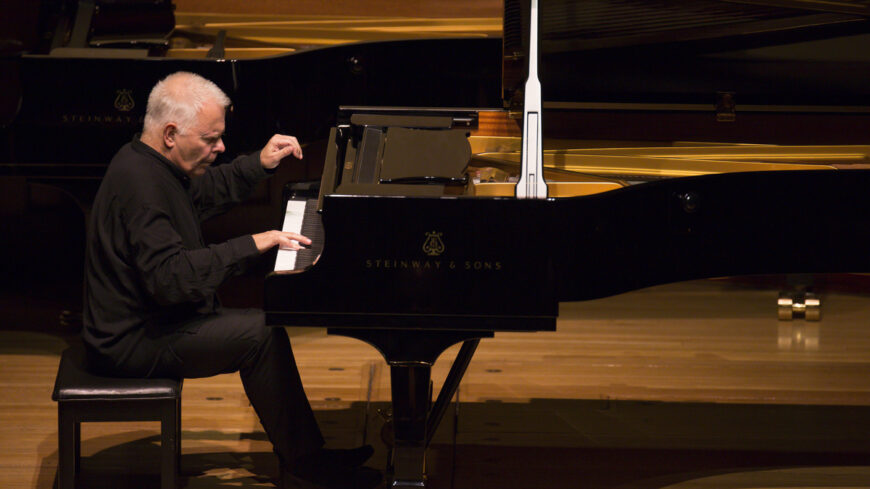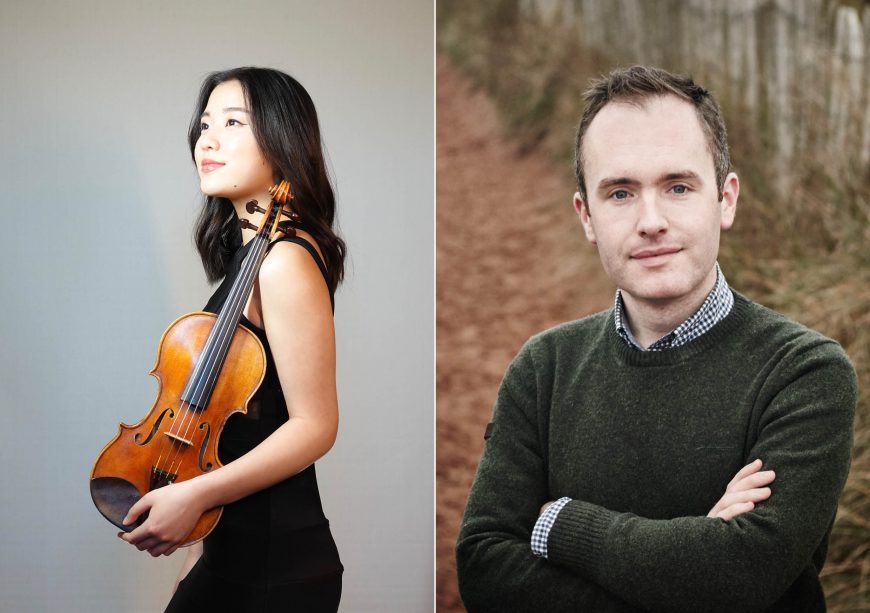
TO commemorate the 80th anniversary of D-Day this year, Bomb Happy playwright Helena Fox has created two poignant, lyrical new works telling the stories of two Yorkshire Normandy veterans from conversations and interviews she held with them in 2016.
One a film, the other a combination of word and song, they will be premiered by Everwitch Theatre at Helmsley Arts Centre on Saturday night (1/6/2024).
York actor George Stagnell, part of Everwitch Theatre’s original Bomb Happy touring cast in 2017, stars in the short film In The Footsteps Of Hank Haydock: A Walk In The Park.
Shot by York company InkBlot Films on location in the woodland of Duncombe Park, near Helmsley, the 30-minute film recounts Coldstream Guardsman Dennis “Hank” Haydock’s experiences in his own words, both his training in the Second World War tank encampment in those woods and on the frontline.
In Sleep/Re-live/Wake/Repeat: Smudger’s Story, writer Helena Fox and vocalist Natasha Jones bring to life the first-hand accounts of D-Day veteran Private Ken “Smudger” Smith, from Armley, Leeds, and the lifelong impact of PTSD (Post-Traumatic Stress Disorder) and sleep trauma through verbatim spoken word and haunting a cappella vocals.
Word and song will be complemented by the first showing of black-and-white images from Ken Smith’s personal photo collection that follow his journey during an equally traumatic time in the Middle East after victory in Europe.
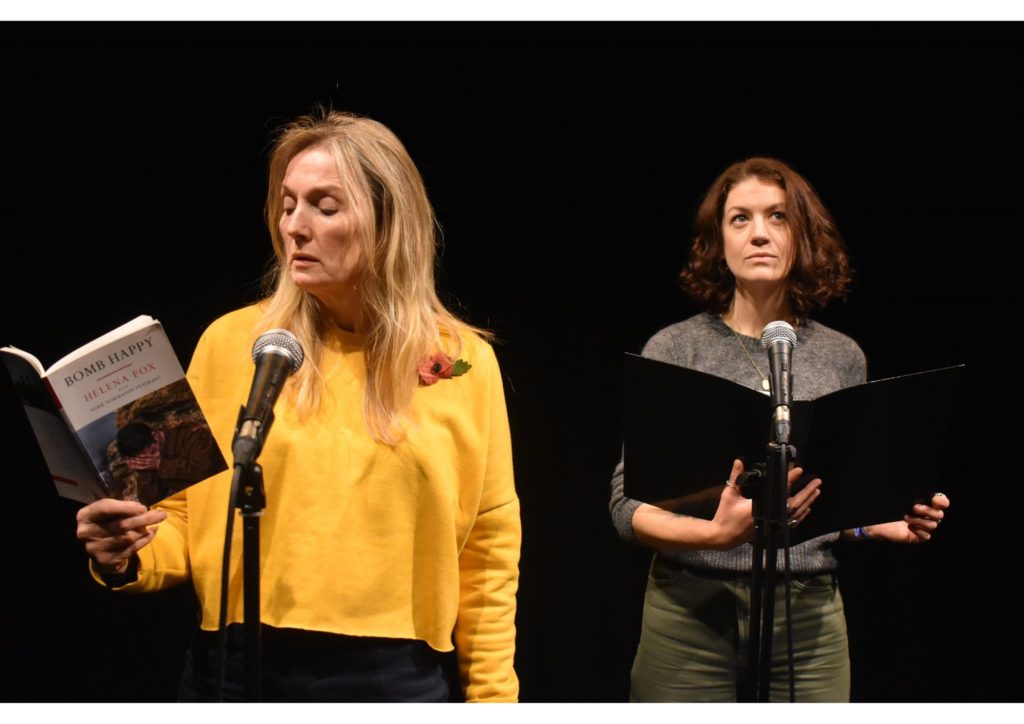
“Both the film and live performance use first-hand testimonies of two Second World War veterans, ordinary Yorkshire lads who find themselves in extraordinary circumstances, following their unique journeys from civilian to soldier and back to civilian,” says Helena.
“At times humorous, at times harrowing, both film and spoken-word performance allow a close-up insight into life on the frontline and give a rare glimpse into life for someone beset by memories of war.”
George Stagnell, who will be heading up from his new London home to attend Saturday’s premiere, played Private Ken “Cookey” Cooke, from York, in Fox’s play Bomb Happy.
For In the Footsteps of Hank Haydock: A Walk In The Park, he switched to Guardsman Dennis “Hank” Haydock, conscripted at 18 from Sheffield to serve as a Sherman tank gunner in the 2nd Battalion of the Coldstream Guards.
“The chance to play Hank Haydock first came about in 2021 when Helena got in touch to ask if I’d be interested in doing this performance piece around Duncombe Park, where he had trained,” says George.
“We performed it in June, with social distancing [under Covid restrictions), doing a walk around the remains of the Nissen huts and tank maintenance pits in the woodland.
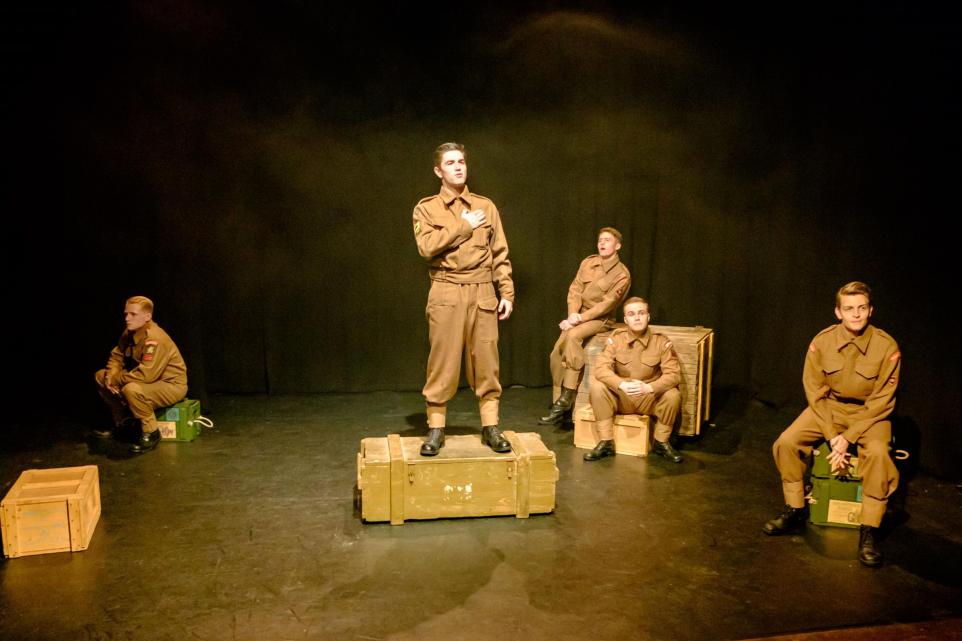
“I stepped in for another actor who couldn’t do it, ending up learning 13 pages of script in two weeks, and it was a really good challenge, having not been able to do any acting during Covid. I thought ‘I’m going to be rusty’, but each day I worked on it, I became ingrained in it.”
Helena invited Jay Sillence and Mike Leigh Cooper, from InkBlot Films, to attend one of the hour-long performances. “Straightaway they said they really wanted to turn it into a short film, but the whole thing then ended up being postponed till summer-autumn 2022 because we all had other commitments, rather than September 2021 as first planned.”
Lines restored to his head, George took on the unfamiliar task of being filmed in 2022. “It was tricky because, truth be told, I don’t have a huge amount of film experience, though I’m keen to do more,” he says. “I had a chat with Helena where she said, ‘it’s still story telling’.
“Bomb Happy was a physical play, creating scenes behind boxes or having to crouch down. With the filming, it’s all about the words, trusting in Hank’s memoir, and it helps that’s his own words, which makes it so poignant and gut-wrenching.
“We made a few cuts as we didn’t want it to be the full-hour but more concentrated, with lots of close-up head shots.”
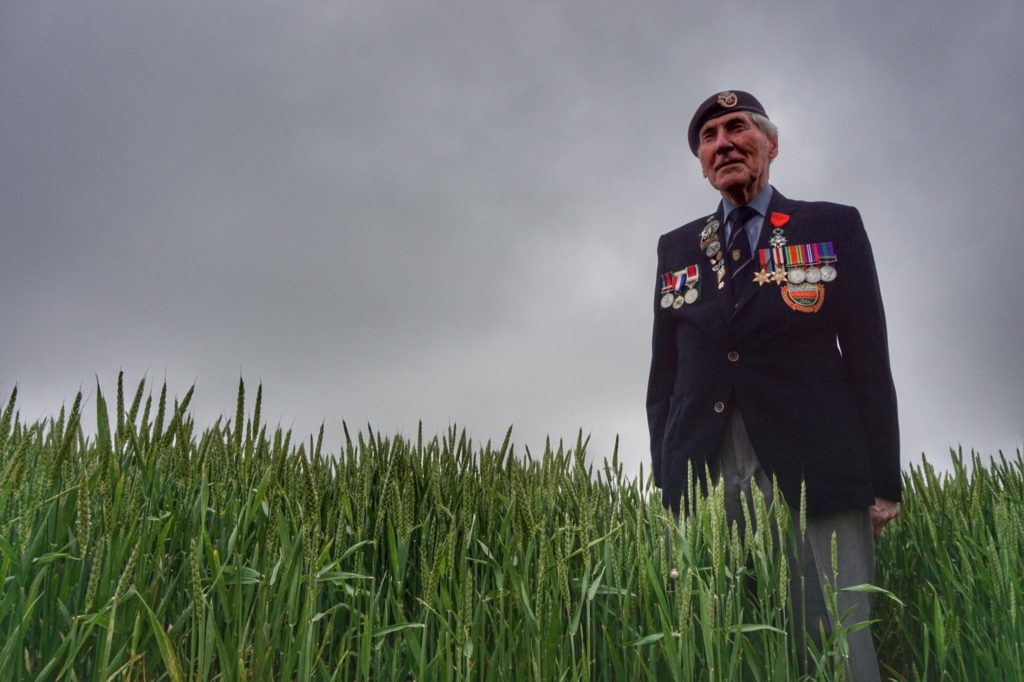
Bomb Happy had spread the focus between five D-Day veterans, “Hank” Haydock, Ken “Smudger” Smith, Ken “Cookey” Cooke, Albert “Bert” Barritt and George “Merry” Meredith, but first the Duncombe Park walk and now the film have “gone a lot deeper” into Hank’s character. “A lot of it has come from Hank’s wartime diaries and memoirs that Helena was allowed to use, whereas the other accounts were verbatim from her interviews,” says George.
His filming was done largely in one continuous take in July, on the hottest day of the year, re-taking only a few lines “if we felt the need”. “That was part of the excitement, doing it only one go, so it was like theatre in that sense,” he says. “You allow Hank’s words to do the work for you.
“Sadly I never got to meet him, but one of the things I’d been told was that he was reserved and a deep thinker, and I strongly connected with that. Like all the veterans in Bomb Happy, he was still able to find positive things in his reflections, like funny memories of his training camp days, or reminiscing about the start of a relationship, still feeling beauty in such horrific circumstances alongside remembering the more difficult experiences.”
*In addition to the film and live performance, Saturday’s programme will feature a new short story of an act of reconciliation for the 80th anniversary of D-Day: Our Mum, Our Dad, And A Door Handle, written and performed by Dorothy Bilton, daughter of Bomb Happy D-Day veteran Bert Barritt.
Everwitch Theatre, Bomb Happy D-Day 80, In The Footsteps Of Hank Haydock (film premiere) and Sleep/Re-live/Wake/Repeat: Smudger’s Story (live performance), Helmsley Arts Centre, June 1, 7.30pm. Box office: 01439 771700 or helmsleyarts.co.uk.
Bomb Happy definition
“BOMB Happy is a slang phrase we use for being under fire for many days at a time,” said D-Day veteran Ken “Smudger” Smith. “It does describe the condition you become.”

